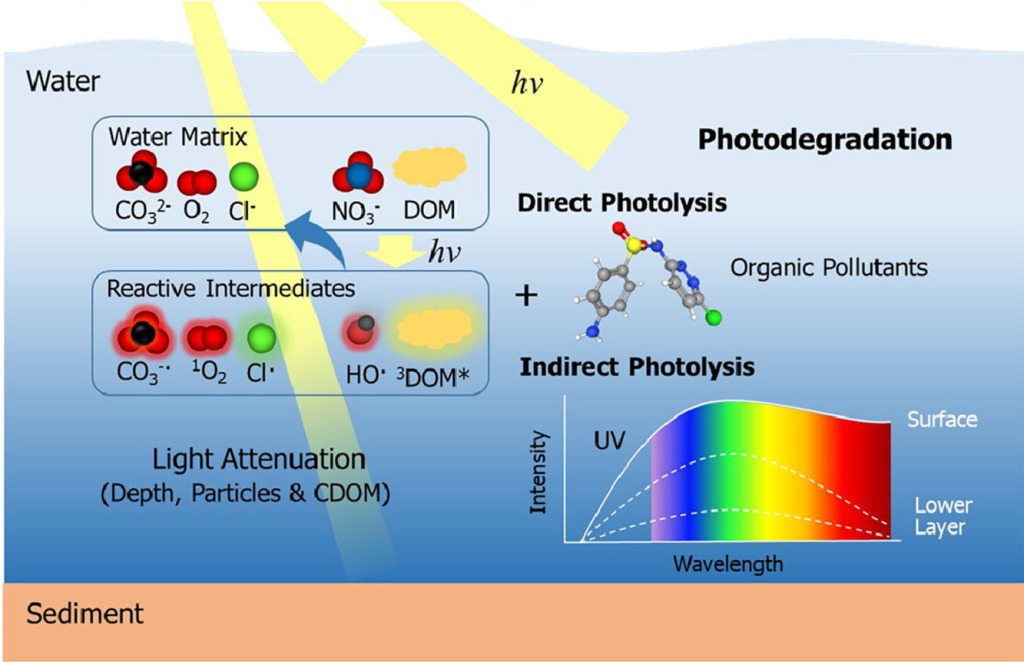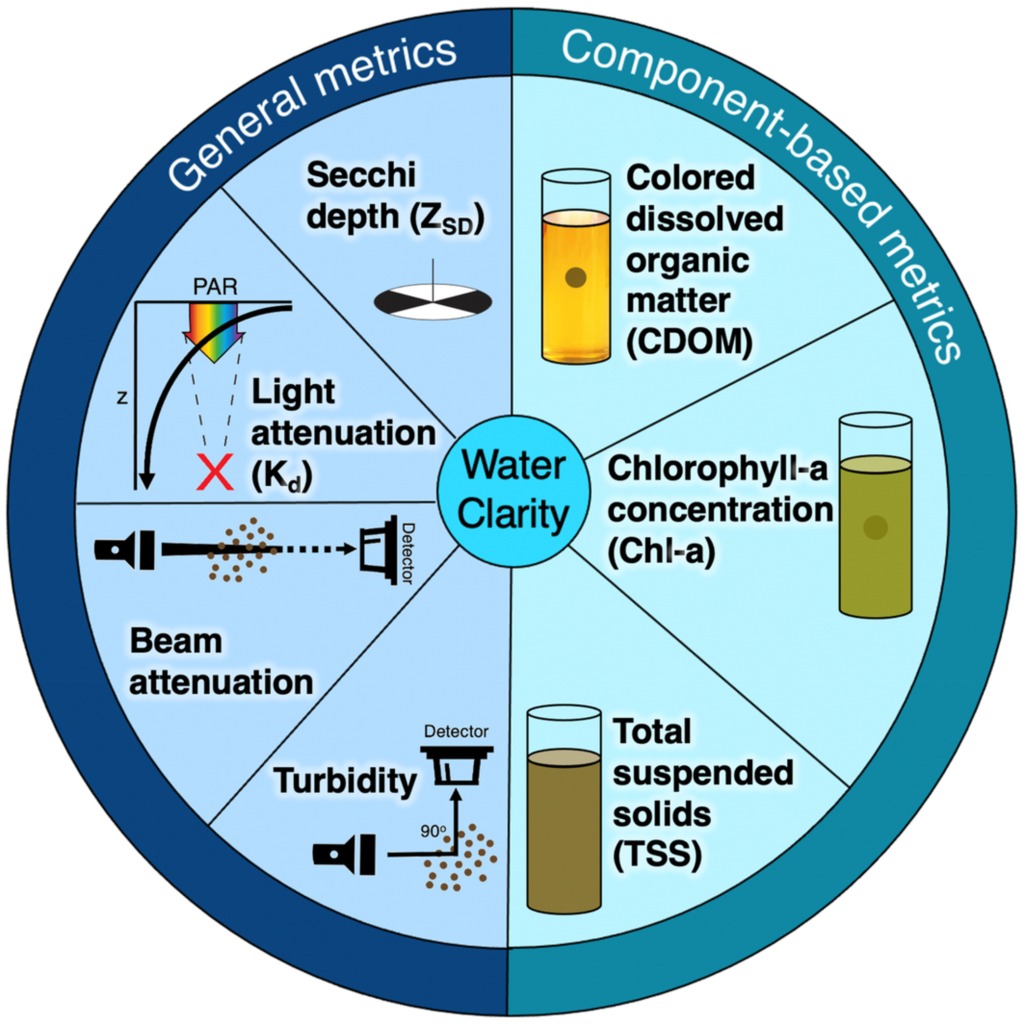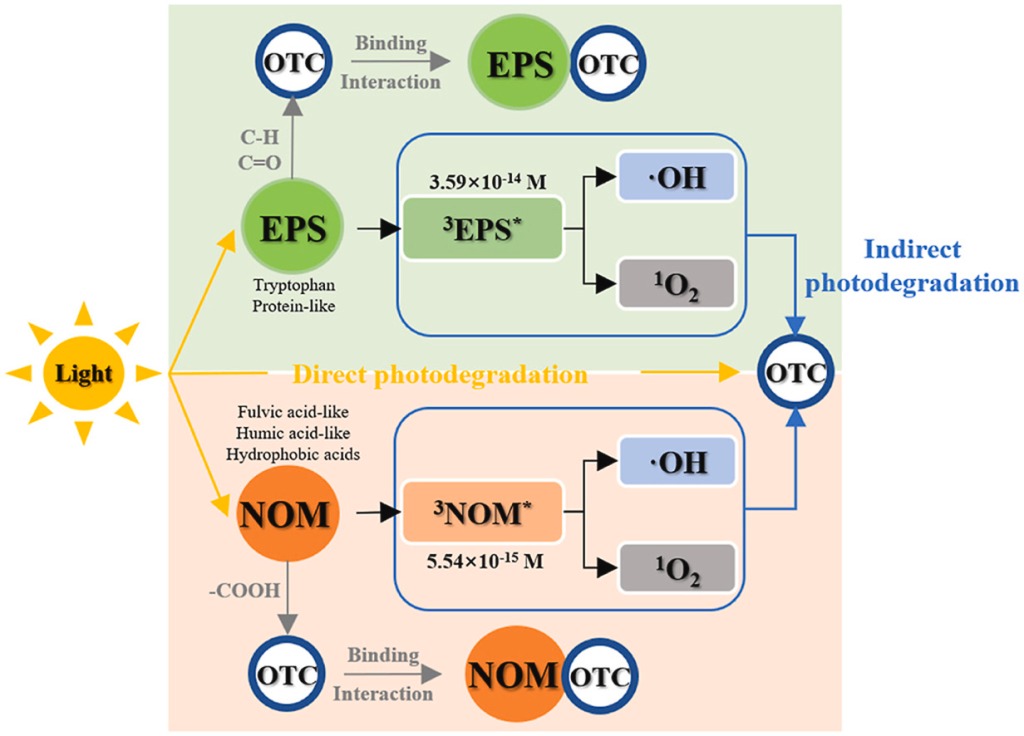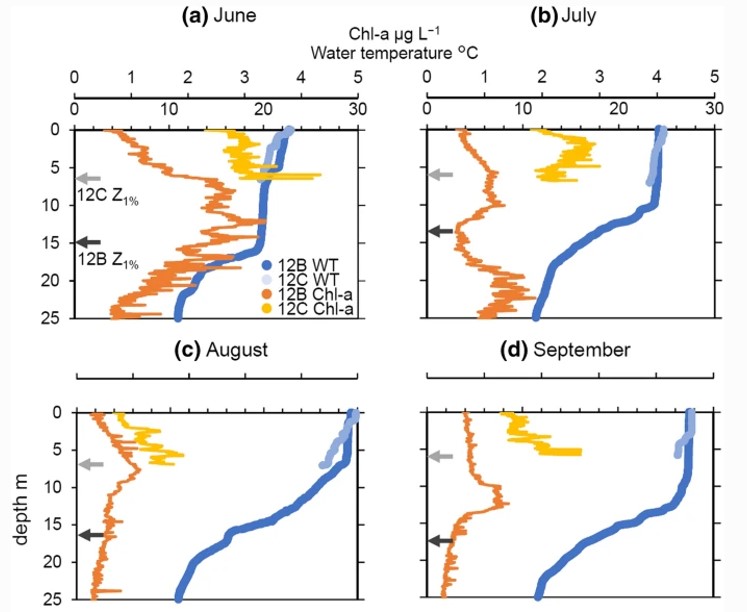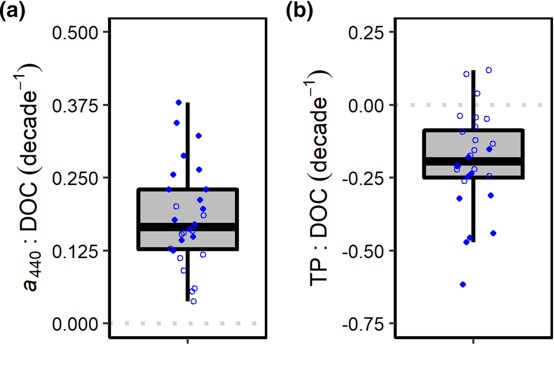
Authors
Light is an important driver of algal growth and for the formation of surface blooms. Long-term buoyancy maintenance of Microcystis colonies is crucial for their aggregation at the water surface and the following algal bloom development. However, the effect of light-mediated variations of colony morphology on the buoyancy regulation of Microcystis colonies remains unclear. In this study, growth parameters, colony morphology and floating-sinking performance of Microcystis colonies were determined to explore how variation in colony morphology influence the buoyancy of colonies under different light conditions. We quantified the colony compactness through the cell volume to colony volume ratio (VR) and found different responses of the colony size and VR under different light intensities: Microcystis colonies with higher VR could stay longer at the water surface under low light conditions, which was beneficial for the long-term growth and buoyancy maintenance. However, increased colony size and decreased compactness were observed at a later growth stage under relatively higher light intensity (i.e., >108 µmol photons m−2 s−1). Interestingly, we found a counterintuitive negative correlation between colony size and buoyancy of Microcystis under high light intensity. Additionally, we found that the influence of colony morphology on buoyancy was stronger at high light intensity. These results indicate that light could regulate the buoyancy via colonial morphology and that the role of colony morphology in buoyancy regulation needs to be accounted in further studies under different environmental conditions.

